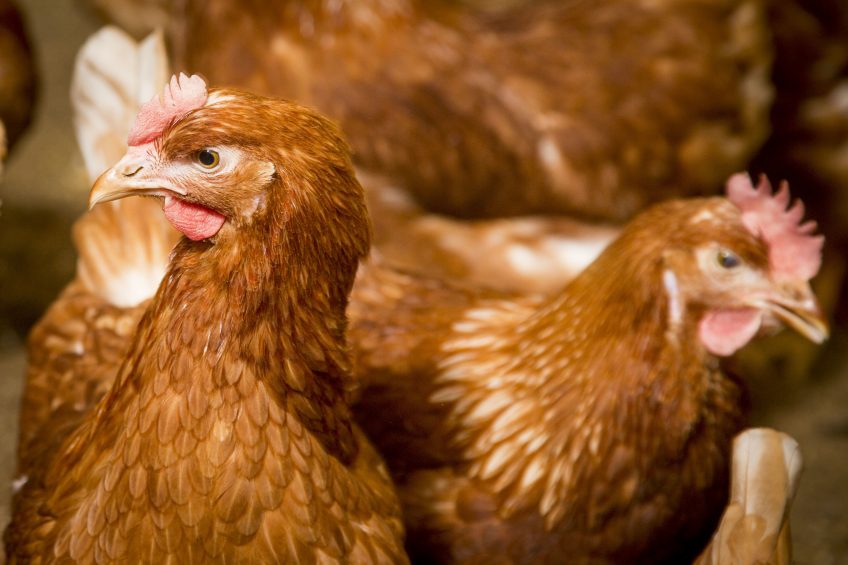Ventilation shutdown: A humane depopulation method

US researchers have found that the effectiveness of culling through ventilation shut down (VSD) is enhanced by the addition of carbon dioxide or heat.
The study, published this week by the US Poultry and Egg Association, looked at using ventilation shutdown as a humane depopulation method for caged layers.
Timely depopulation critical for AI control
It was one of a number of projects commissioned by the Association in October 2015 following the huge bird flu outbreak. Among the lessons learned from the outbreak was that timely depopulation was critical to contain the spread of the disease.
Methods used for depopulation
The methods used included carbon dioxide kill-carts, carbon dioxide injection and fire-fighting foam were quickly overwhelmed by the scale of the outbreak leading to prolonged suffering of infected birds.
Also read: US turkey slaughter techniques condemned – an item from 2016 when animal welfare groups criticised the USDA for using ventilation shutdown to slaughter some of the 400,000 birds culled during last month’s AI outbreak.
Study included a field scale up
Carried out by researchers at North Carolina State University, the study included a field scale up of the testing in a multi-tier cage system using white leghorns housed in 2-tier stair step cage system at industry densities of 72 in square/hen.
The environment was a force ventilated negative static pressure room sealed to prevent air exchange of any type. An inner chamber around the cages emulated the building volume per hen found in the industry.
Data collected included CO2, RH, environmental temperature profiles and HSP70 (heat shock proteins).
Ventilation shutdown was not 100% effective
The study found that ventilation shut down by itself did not result in 100% euthanasia of the flock with around 4% of the birds surviving.
Addition of heat or CO2
However, when heat or CO2 were added to the VSD system, 100% of the birds were culled. The duration of time to death was no different between using VSD with heat or with carbon dioxide.
“Based upon these field studies, VSDH and VSDCO appear to be the most humane methods of depopulating large number of caged hens,” the report concluded.














